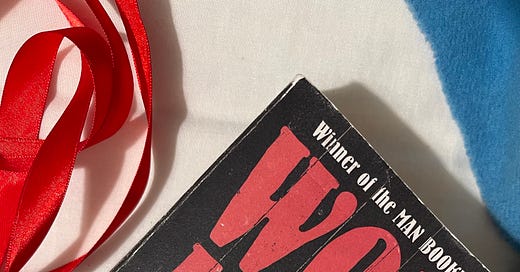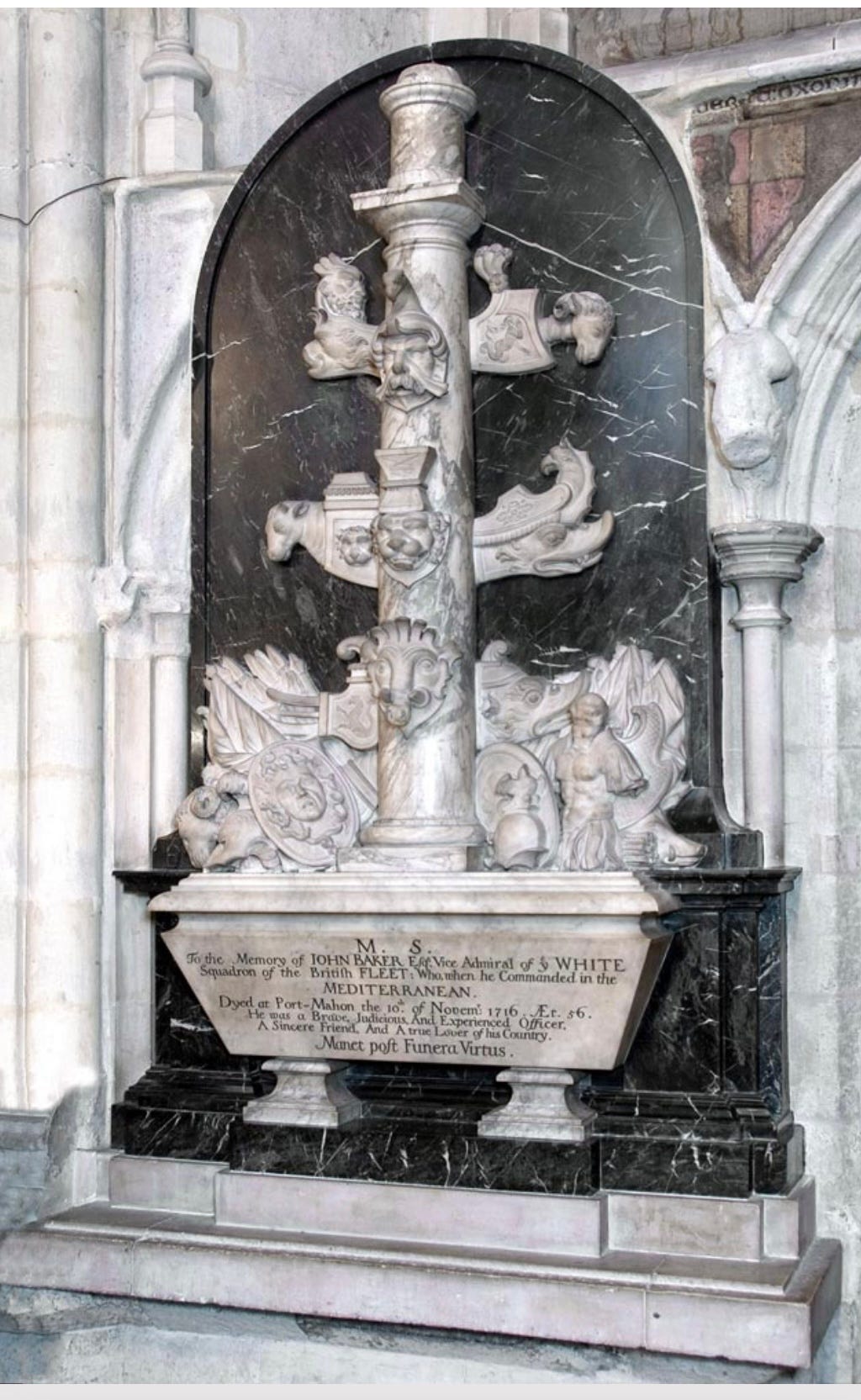Week 3: An Occult History of Britain (part 1)
Monday 15 January – Sunday 21 January
Pages 65 – 107 (43 pages) (section ending: “All the rivers run to the sea, but the seas are not yet full.”)
Hidden Histories
‘Beneath every history, another history.’
This week on #wolfcrawl is an Occult History Of Britain, which means a hidden history.
Image copyright Jennifer Reeve
This opens with a potted history, a hidden history with tales of Grecian princesses, giants and Gogmagog, Trojan Brutus and King Arthur, all of whom the Tudors descend from, or so they say. The twist of fate that led us to lose one Prince, gain the younger brother instead and a woman of whom ‘the Cardinal hears nothing good’
The Tudors really wanted to stake their claim to the throne, when Henry VII defeated Richard III at Bosworth, his claim was not all that strong, it needed beefing up. Henry spent a lot of his reign paranoid of counterclaims. Propaganda will have helped his claim, tied to myth, especially the Arthurian myth of chivalry and the romanticism of descending from this long line will have been like catnip!
We all have a bit of obsession with our own history, if we manage to find a famous ancestor there is a frisson of excitement. I, for example have an ancestor buried in Westminster Abbey, Vice-Admiral John Baker; he has a plaque all of his own - this is true!
Image © 2024 Dean and Chapter of Westminster
Enter: Anne Boleyn
Anne Boleyn and the way she is described, is designed to bring her down, cast essentially as a witch. It seeds mistrust, her appearance, her clothing ( ‘dancing in a yellow dress’), her demeanour ( ‘a hard, impersonal touch-me-not smile’), her calculation, her sex. She is placed as the enemy by many, but what the King wants, the King must have and it must be made so.
Anne Boleyn by an unknown English artist. © National Portrait Gallery
Enter: Thomas Cromwell
‘Who’s that?’ Boleyn says… The Cardinal waves a hand. ‘Just one of my legal people.’
‘Send him out.’
The Cardinal sighs.
‘Is he taking notes of this conversation?’
‘Are you Thomas?’ the Cardinal calls….Half the world is called Thomas. Afterwards, Boleyn will never be sure it was him.
There are a myriad of Thomas’ in this novel and it is confusing. Having a character list is key to working out who everyone is. Thankfully
has us sorted in the source material and I have been back and forth, reading around all the characters. It makes me wonder if at the time, all these Thomas’ were remembered at all, I would imagine our Crum would have found it useful to fade into the background!It feels like a performance, one big calculation. Who has said what to who, who is betrothed or pledged to who, were there witnesses, can it be forgotten or broken off. The Cardinal is manipulative and all the while He is in the shadows, watching, learning and remembering. Little facts committed to memory for the future, able to blend in to the background, whilst the aristocratic peacocks strut about with a lot of noise, oblivious. He is the cardinals dog. There to mark and learn.
‘You can never advance your own pedigree…the trick is always to keep them scraped up to their own standards. They made the rules; they cannot complain if I am the strictest enforcer.’
I loved the sections of the master and the pupil, learning about each other, feeling their way, coming to an understanding. Mantel describes their relationship, and how it changes simply - it is a father and son, a lion and its cub. The former already understanding that the latter will rise above him. We also are shown the differences between the Putney Soldier and the Ipswich butchers boy.
‘I’d get him in. Cost it out for him. The credit side. The debit side.’….’but you are the master of practical solutions, whereas I, as a churchman, have to be careful..’
‘But the difficulty is…. Putney, he means. It is the stark fact. And since he’s not a churchman, there are no ecclesiastical titles to soften it, as they have softened the stark fact of Ipswich.’
The enquiry is opened and Wolsey is on the backfoot, but constantly calculating and perhaps beginning to think of the world without Wolsey.
We come full circle to Albion, and history and comparisons of Anne to ‘women with scales and fins and feathers.’
‘These are old stories, he says, but some people, let us remember, do believe them’
If something is said enough it is believed, a portent for Anne, I think.
‘The Sweat’
Early on in the chapter we have a ghost, a premonition of loss and then finally at the end of it, the loss itself. Lizzie lost to the sweating sickness.
This sent me down a rabbit hole, as it is not certain what it was, thought perhaps to be a hantavirus which is spread by rodents and causes respiratory and cardiovascular failure. The modern strains can kill in a couple of weeks and mortality is around 36% now, so in the 1500’s if it was something similar, it would be much worse. And then it just disappears in 1551. There are a lot similarities to our time in Covid, the isolation, the death, people not obeying the rules. I liked the fact that Cromwell won’t bend the rules, a lesson for some of our modern day leaders.
The loss of Lizzie is a shocking end to a triumphant chapter.
What now for Cromwell?
Let me know your thoughts on this fabulous chapter.







Ha! I thought exactly the same in regard of Covid! :-D
And then there is this thing with Anne in a yellow dress ... In art history, Judas is depicted in yellow robes. However, it also represents love and lust. Prostitutes often had to wear yellow robes, too.